Ancient Encounters
Chandni Chowk Old Delhi
Mother Masala tours
Bazaars Beyond Imagination
Chandni Chowk Old Delhi. Named after Mahatma Gandhi, symbolizing peace and unity. This area has a rich historical background the roots of which can be traced back to the British colonial era. The Chowk has evolved over the years, transforming from a military barrack site to a busy marketplace, especially known for its enchanting street food. Its evolution as a center of commerce and culture. With its strategic location, it has been a meeting point for various communities, allowing for cultural exchanges, festivities, and trade.
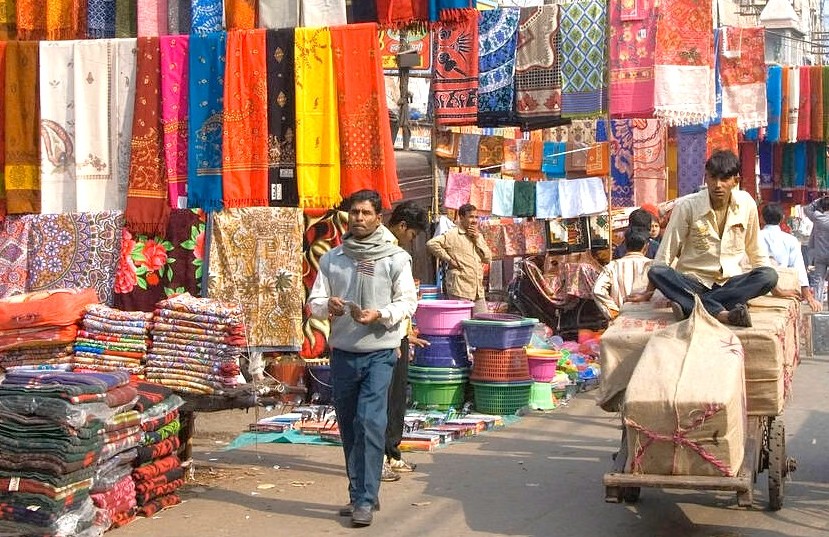
Chandni Chowk Old Delhi.
Originally built in the early 20th century, the Chowk was designed to accommodate the growing number of merchants and local businessmen seeking to sell their goods. The current atmosphere blends tradition with modernity, as street vendors and established shops coexist harmoniously. The population around this area is a mix of long-time residents and newcomers, contributing to the melting pot of cultures that thrives here. These dynamics make this place an incredible destination, where history continues to influence the present.
Timeless Artifacts & Sacred Spaces
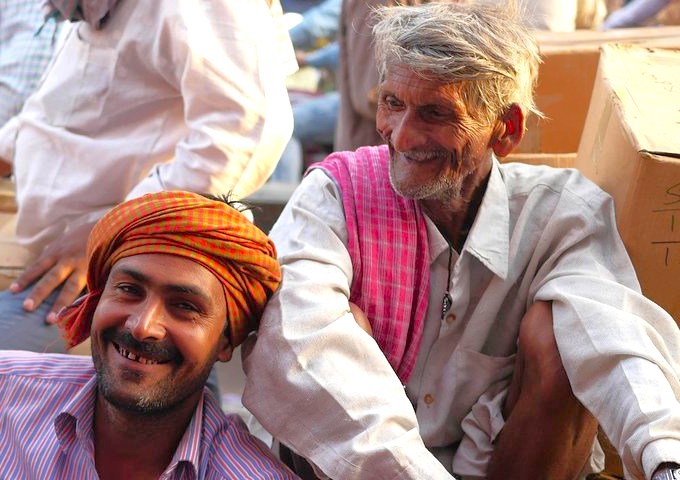
A busy market place and a vibrant space filled with history, reflecting the cultural heritage of Delhi. As we push through the lively Chowk, we find intriguing artifacts at various stalls, ranging from exquisite handmade crafts to antiques that tell the story of the area’s past. Each item offers a glimpse into a rich, bygone era. The marketplace is also home to some small shrines and memorials that honor those who contributed to the freedom struggle, including statues of influential leaders, which resonate with a powerful history. This unique blend of commerce and reverence creates a truly dynamic atmosphere.
Ancient Mosaics: Impeccable Craftsmanship
Chandni Chowk Old Delhi. The craftsmanship evident is a testament to the skilled artisans who have shaped the marketplace over generations. As we explore, we can observe intricate jharokhas - overhanging enclosed balconies, and stone carvings that reflect traditional Indian design elements, many of which have been preserved since the early 1900s. Local artisans are often seen creating beautiful handmade items, such as textiles and pottery. Their techniques have been passed down through families, and they continue to bring life to the cultural heritage surrounding this marketplace.
The Pulse of the Local Community
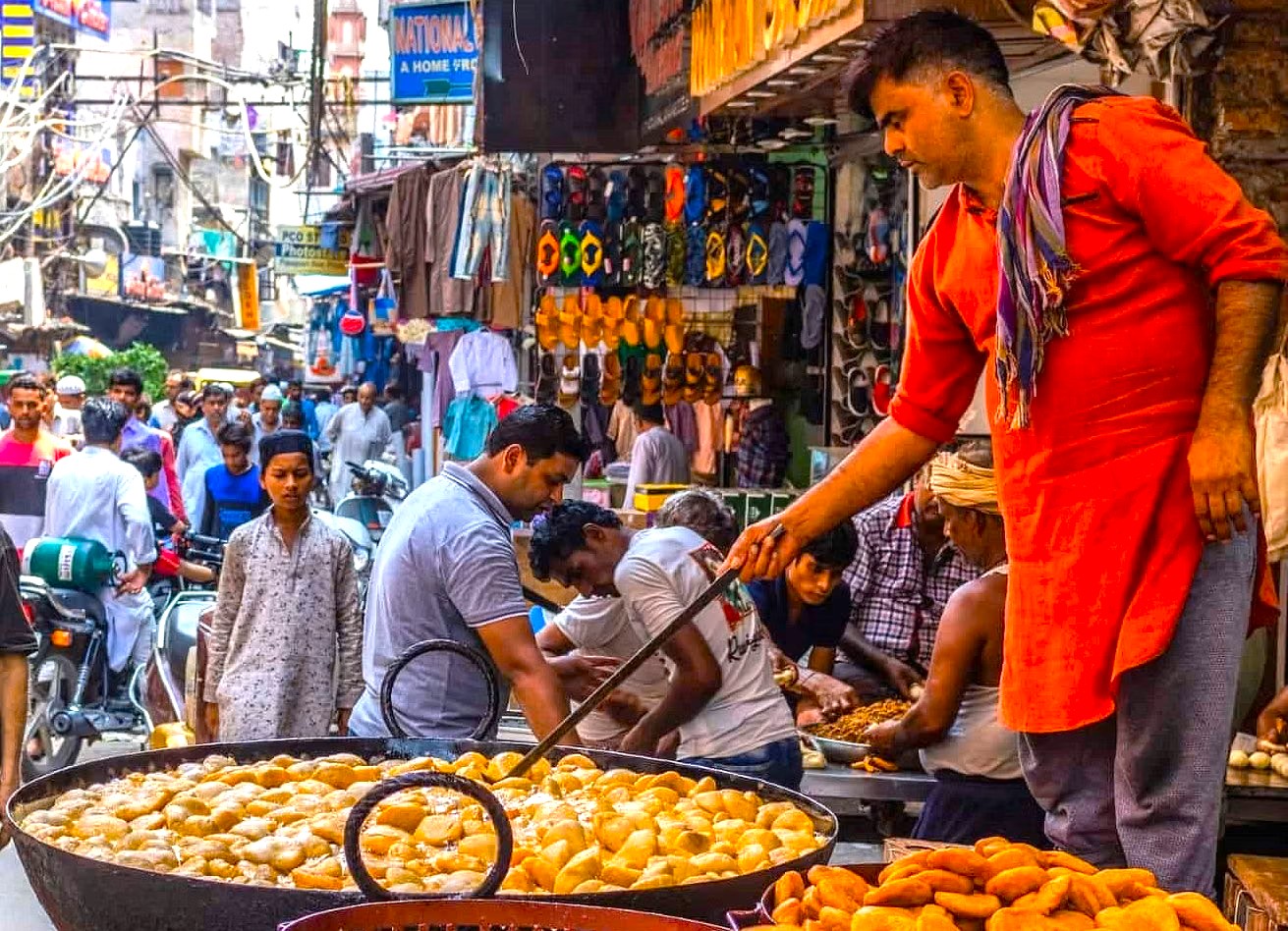
The local community is infused with warmth and hospitality. Residents take great pride in their heritage, often engaging in community events and celebrations that foster unity. The atmosphere here is welcoming, and locals are eager to share their stories and experiences with those who come to explore the bustling Chowk. Their genuine openness creates a truly inviting environment. One unique aspect of this community is its dedication to preserving traditional crafts and culinary practices. These invaluable skills pass down through generations, ensuring a vibrant cultural legacy.
Capturing the Magic: A Photographic Haven
Chandni Chowk Old Delhi. The Chowk offers numerous opportunities for incredible photographs. The colorful stalls display a vibrant array of textiles, spices, and handmade crafts, all contributing to unique compositions. The bustling atmosphere, coupled with the historical elements like the surrounding colonial-era buildings, creates a stunning backdrop.
A Global Marketplace
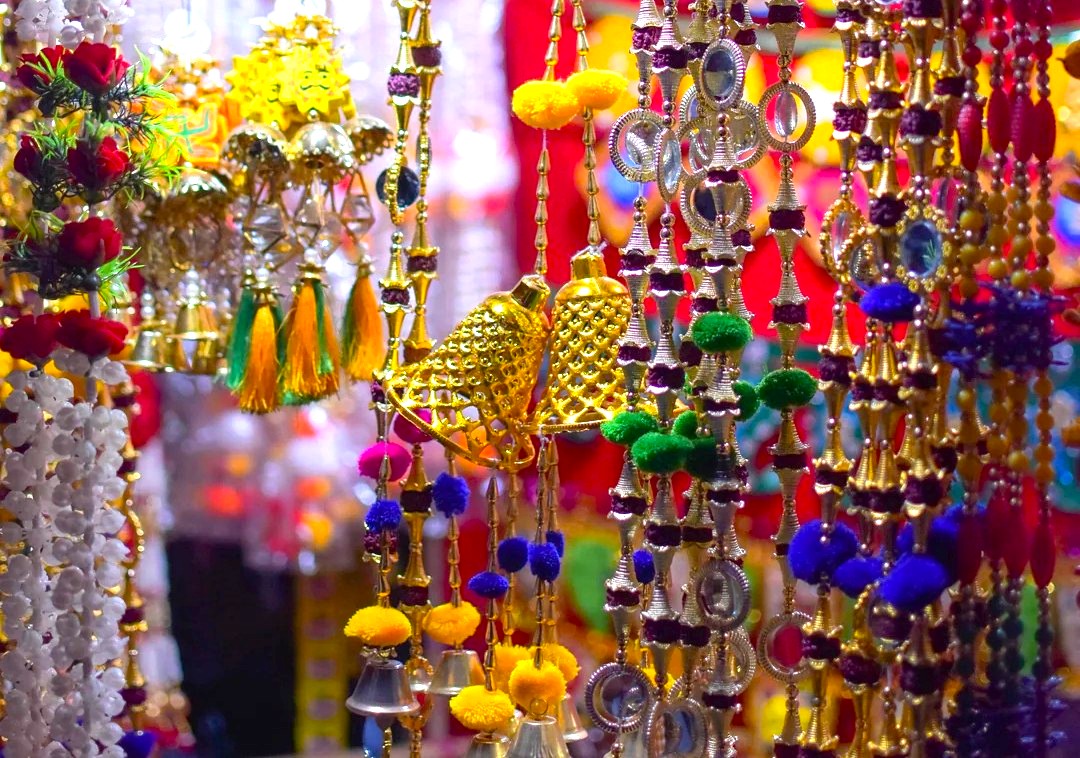
The shopping experience here is nothing short of exhilarating, drawing traders from all corners of the globe to Paharganj. As we wander through the narrow streets, we’re greeted by a kaleidoscope of shops, each bursting with an amazing variety of goods. From high-quality leather products - such as bags, belts, and jackets - to a stunning array of textiles that range from vibrant saris to intricate tapestries, the marketplace truly reflects an eclectic mix of cultures. A dynamic array of color assaults the senses. You can discover unique handicrafts, shimmering jewelry, and fresh beautiful spices.
Festivals of Devotion: Honouring the Sacred and the Divine
Chandni Chowk Old Delhi. Often a focal point for various cultural celebrations and festivals throughout the year. One of the most notable is Diwali, the Festival of Lights, celebrated in October or November. During this festival, the Chowk transforms into a bustling hub filled with lights, decorations, and joyous crowds marking the triumph of light over darkness. Local merchants display vibrant rangolis at their entrances, and stalls overflow with festive sweets and snacks, drawing in those seeking to purchase gifts and treats. The atmosphere is filled with the sounds of laughter, music, and traditional prayers, creating a rich tapestry of celebration that resonates deeply in the community.
Breakfast Delights: A Culinary Adventure
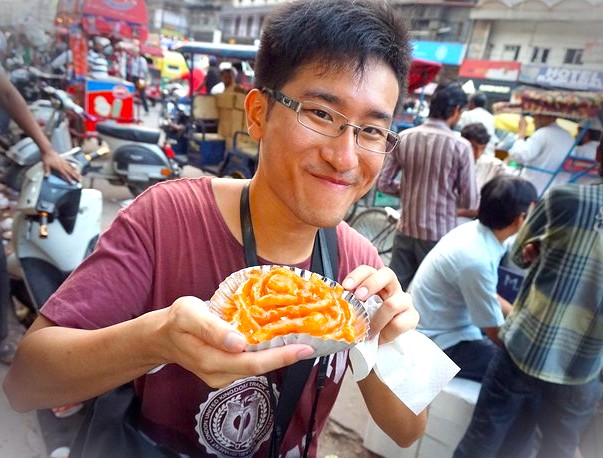
This is one of the highlights of our tour in Delhi, breakfast at Chandni Chowk. When it comes to breakfast, this place has an impressive selection of local specialties that entice early risers. One of the standout dishes is aloo paratha, a stuffed flatbread filled with spiced potato mash, served hot and crisp. Vendors prepare this dish with skill, cooking it on open griddles and accompanying it with yogurt and zesty pickle. The aroma wafting from these stalls is inviting, making it a popular choice. We experience the true local flavor here, surrounded by morning bustle. Other delicious options include fluffy pooris and sweet jalebis.
Driving Through - Maybe Not
It’s almost impossible to drive through, as the area is often swamped with rickshaws, bicycles, and shoppers. While walking, we must be prepared for the lively atmosphere filled with haggling vendors, the tantalizing aromas of street food, and the vibrant sounds of daily life. Each turn may reveal something new - a hidden boutique offering artisanal crafts or an impromptu stall selling handmade jewelry.
The Connection with the Gods
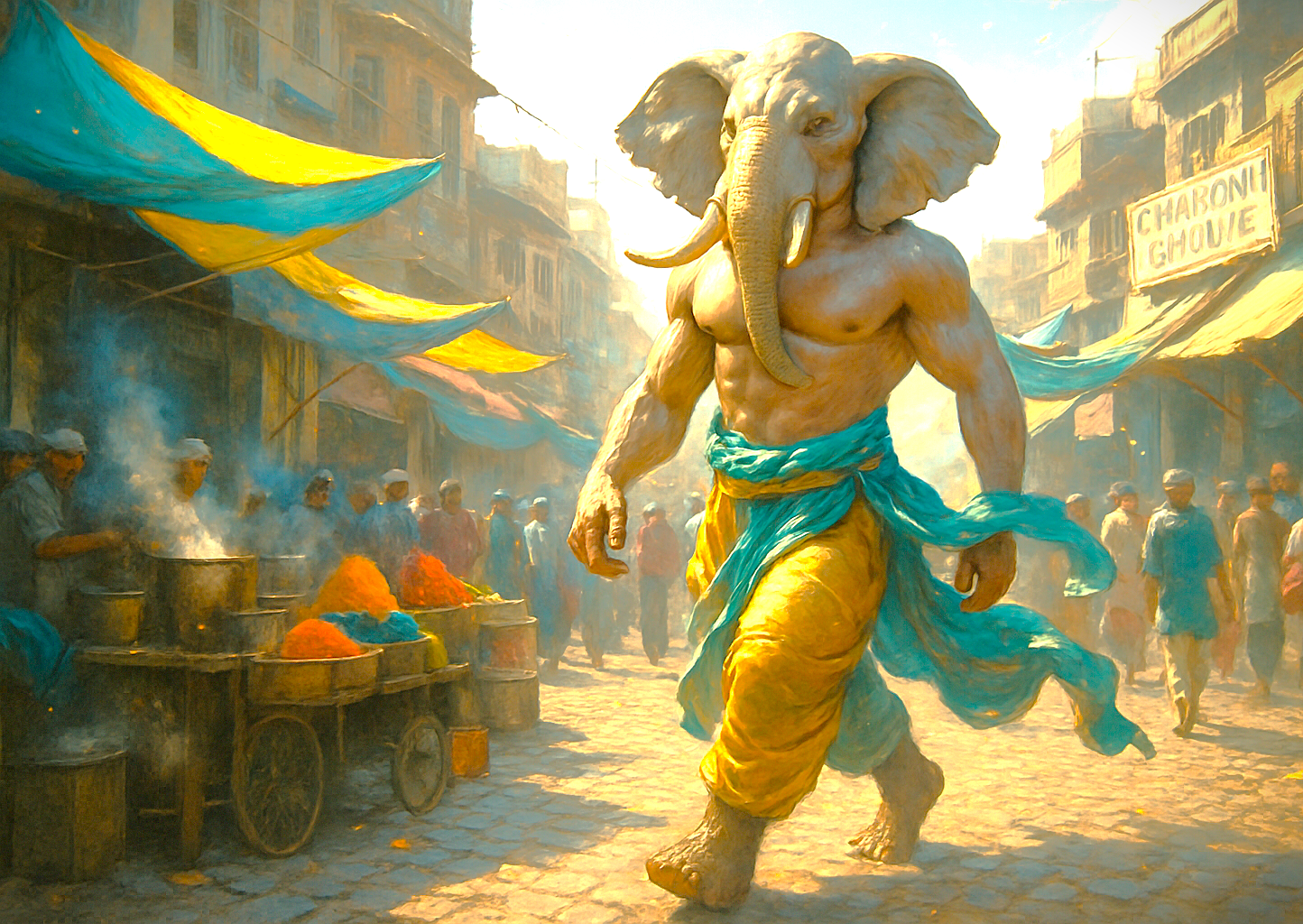
Spirituality here is woven through the community fabric, with many small shrines and altars dedicated to various deities. One prominent figure in the local landscape is Ganesha, often revered at various shrines that dot the market. His presence brings a sense of auspiciousness to every corner. It's said that devotees invoke Ganesha’s blessings before the start of any significant endeavor, including new business ventures, seeking success and prosperity. Festivals like Ganesh Chaturthi, see processions as locals come together twith joyous songs and colorful offerings.
Urban Legends: Strange Sightings, Myths and Mysteries
This place is steeped in urban legends that enhance its cultural fabric. One popular tale recounts the story of a mystical old merchant who, according to locals, possessed the ability to predict the future. People often claim that he could accurately foretell the success of one’s business ventures if asked for advice during his visits to the Chowk. Another legend tells of a hidden treasure believed to lie beneath the surface of the marketplace. According to the story, during the rule of the British in India, a royal decree was issued to bury precious artifacts at a secret location within Gandhi Chowk, which continue to intrigue treasure seekers today.
Serendipitous Meetings: Beyond the Main Path
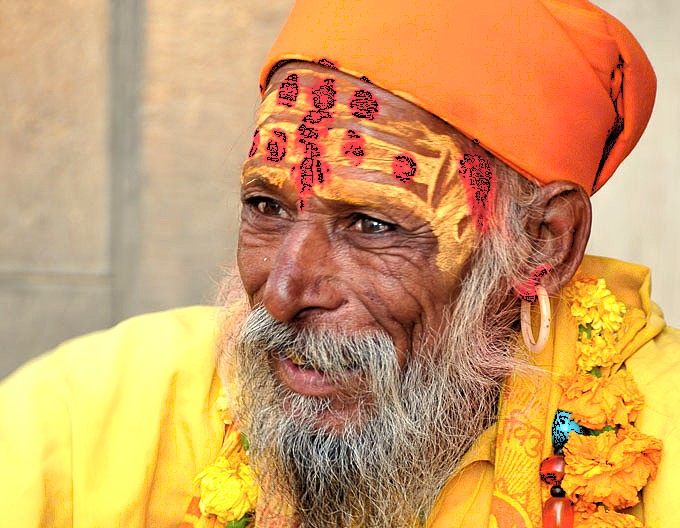
Walking through reveals opportunities for unexpected encounters that elevate our experience in the marketplace. Wandering through side alleys, we stumble upon hidden gem shops that specialize in handcrafted items, including textiles, pottery, and unique jewelry. Each piece tells a story of tradition and skill, revealing the heart of local artistry. These small establishments offer insight into the artistry and craftsmanship that thrive away from the main thoroughfares. Engaging with artisans at their workplaces allows us to connect with the local culture. These artisans work with their hands, creating items that reflect local patterns and materials.
Resilience and Renewal: Overcoming Adversity’s Challenges
Chandni Chowk Old Delhi. Throughout its history, the Chowk has faced various challenges that have shaped its identity. One notable event was the partition of India in 1947, which brought about significant disruption. The subsequent exodus of communities led to shifts in the demographic composition of the area, but the resilience of local businesses ensured the marketplace remained a vital place. In the years following, efforts to revitalize the Chowk included investments in infrastructure and community engagement. Local organizations rallied together to restore the market and preserve its cultural significance. As these efforts took shape, Gandhi Chowk emerged stronger, currently thriving as a center of commerce and cultural exchange.
Pack Your Bags - The Adventure of a Lifetime is Waiting You
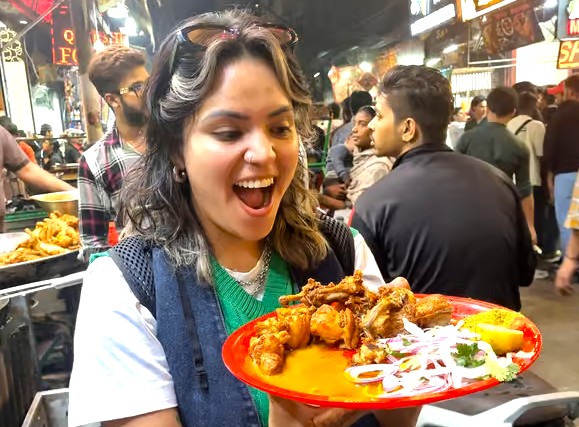
You’re invited to join us on an exploration of Gandhi Chowk, where history, culture, and flavor converge. We will navigate through the labyrinth of stalls, savor Daulat ki Chaat, and immerse ourselves in the vibrant atmosphere that defines this unique marketplace. Every corner reveals a new story, a new scent, a new taste. As we delve into the rich stories of the locals and learn about their cherished traditions, we will discover the deeper significance of each moment we share. This incredible journey promises to be filled with delightful surprises, from authentic culinary delights to serendipitous encounters with skilled artisans.
Symphony of Generosity: Offerings from Wanderers to Residents
The dynamic exchange between those who come to Gandhi Chowk and the local residents fosters a sense of community that benefits everyone involved. As travelers explore the rich culture, they contribute to the local economy by purchasing handmade crafts, spices, and local specialties, supporting artisans and vendors alike. This interchange creates an atmosphere of mutual respect and understanding, with locals often eager to share their stories and experiences with newcomers.